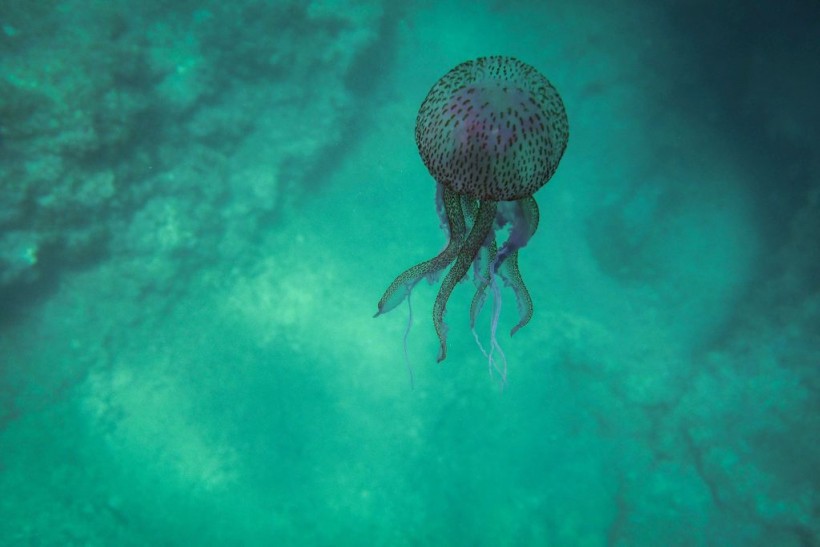(Photo : Photo by IBRAHIM CHALHOUB/AFP via Getty Images)
Novel research shows that relatively uncommon deep-sea brine streams unearthed in the Red Sea might retain indications to millennia-long climate uprisings in the geographical area, and could even put a spotlight on the beginnings of existence on Earth.
Deep-sea brine pools are deep ocean ponds that are extremely acidic or hypersaline. Notwithstanding their strange composition and utter oxygen deprivation, these unique streams resound with existence and may provide answers into how life on Earth originated - and how life may develop and survive on water-rich planet apart from our own.
Rare Deep-Sea Brine Pools
According to research main writer Sam Purkis, a lecturer as well as program director of Marine Geosciences at the University of Miami, the prevailing thought is that existence on Earth evolved in the open ocean, very definitely in anaerobic environment - lacking oxygen - circumstances, Live Science reported.
The experts have found the waters 1.1 miles (1.77 kilometers) below the ocean of the Red Sea employing a remotely operated underwater vehicle (ROV), dubbing them the NEOM Brine Pools after the Saudi construction business that financed the investigation.
There seem to be a handful dozen deep-sea brine ponds known to researchers in the whole globe, ranging in dimensions from a few thousand square feet to nearly a square mile or about 2.6 square kilometers.
As posted under the media website Time to Times, Purkis claimed that the sediment cores retrieved from the newly discovered saltwater lakes provide an uninterrupted database of historical rainfall distribution, dating beyond over 1,000 years, as well as evidence of tremors and disaster.
Several systems are in operation saline lakes in the Red Sea were previously placed in an area 15.5 miles (25 km) offshore. The largest pool had a radius with about 107,000 square feet (10,000 square meters), while three smaller streams had a diameter of less than 107 square feet (10 square meters), as shown in the journal Communications Earth and Environment.
Furthermore, deep-sea saltwater ponds are an excellent model for the primitive Earth, and although totally bereft of atmosphere and hypersaline, they are home to a diverse variety of so-called 'extremophile' bacteria.
Heretofore, antibacterial and anticancer compounds were identified from deep-sea microorganisms dwelling in brine lakes.
Also read: Ancient 1.4 Million-Year-Old Jawbone from Spain may be the Oldest Known Ancient Human
Sea Creatures in the Red Sea
The Red Sea has the most recorded deep-sea brine ponds, with just three waterways hosting them: the Gulf of Mexico, the Mediterranean Sea, as well as the Red Sea.
Moreover, Flipboard recently covered that professionals expect to return to the brine streams with much more advanced coring machinery to attempt to prolong rebuilding further than 1,000 years, further into ancient times. Because the brine lacks oxygen, the certain animal that deviates into the seawater is killed immediately.
The first such reservoirs have been found in the Gulf of Aqaba, a northern compartment of the Red Sea, where the underwater briny reservoirs are only 1.25 miles from the coast.
The fish, shrimp, even worms that seem to forage in the brine were particularly intriguing, as per experts' statement.
Since the marinade lacks oxygen, the stream retains out the customary seabed living creatures like hibernating shrimp, worms, and mollusks. Their results show that large waves from heavy precipitation occur around roughly every 25 years, and tsunamis [occur] about once every 100 years over the last 1,000 years.
Related article: More than 30 Sea Turtles Found Injured or Dead with Stab Wounds on a Remote Island in Japan
© 2024 NatureWorldNews.com All rights reserved. Do not reproduce without permission.






